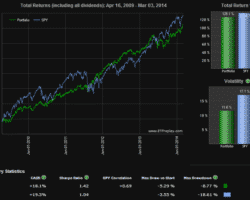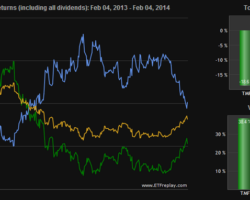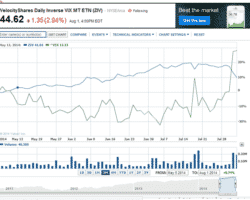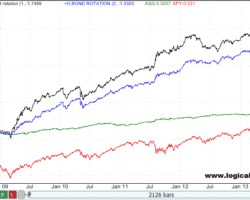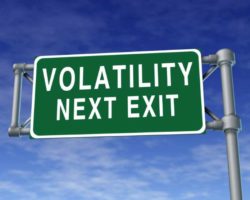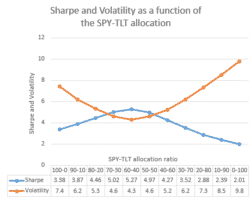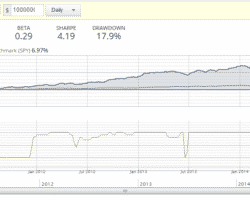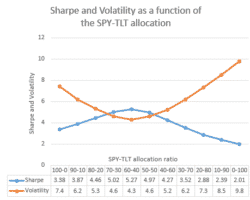What is a hedge and why does it makes sense to do it?
A hedge is always an investment which is negatively correlated to the main investment. When the main investment goes down, the hedge should go up and if the main investment goes up, then the hedge normally goes down. It is clear, that we like the first, which is to reduce the draw downs with a hedge, but not to reduce the gains. If you have a stock portfolio, then the main hedge possibilities are: A … Read more
